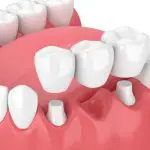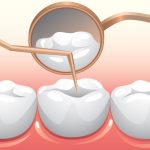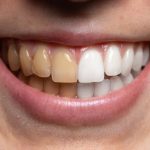Teeth Whitening: When Can You Eat Again?
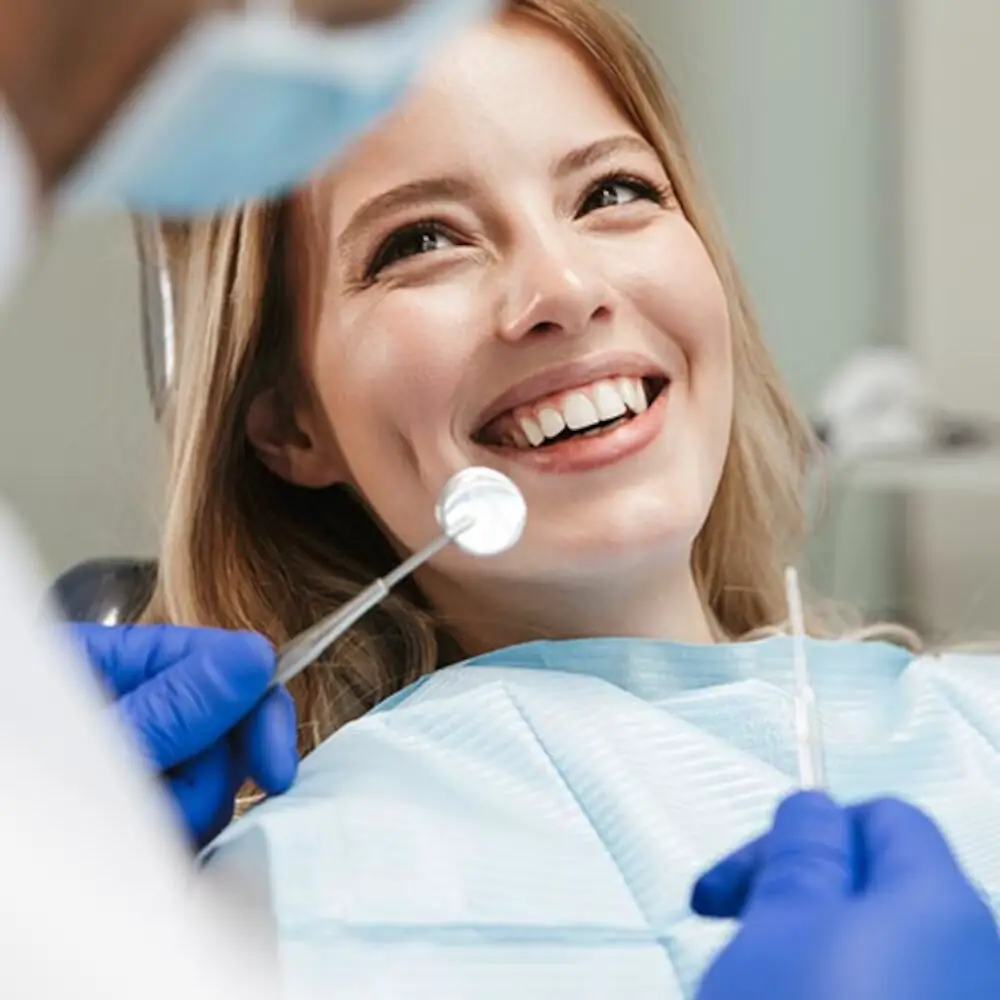
A bright, white smile is something that many people aspire to achieve. With the rise of social media and selfies, the pressure to have a perfectly white smile has only increased. Teeth whitening has become a popular solution for those looking to improve the appearance of their teeth. While the process of teeth whitening can vary depending on the method used, one common concern is when it is safe to eat again after undergoing the treatment. Teeth whitening treatments work by removing surface stains and discoloration from the teeth. This can be achieved through a variety of methods, including at-home kits and professional treatments. While the process itself is relatively simple, it’s important to follow specific guidelines to ensure the best results and avoid any potential complications. One of the most common questions that arise after undergoing teeth whitening is when it is safe to eat again. Depending on the method used, the answer can vary, and it’s important to be aware of any restrictions or recommendations to ensure the best outcome.
Teeth whitening is a cosmetic procedure that involves the use of various products and techniques to remove stains and discoloration from teeth, resulting in a brighter and whiter smile. The popularity of teeth whitening has increased in recent years, as more people are becoming conscious of their appearance and the impact it has on their self-confidence. Additionally, the availability of over-the-counter teeth whitening products has made it easier and more affordable than ever to achieve a whiter smile. However, it is important to note that some teeth whitening methods can cause sensitivity and damage to the teeth if not used properly, which is why it is recommended to consult with a dental professional before undergoing any teeth whitening treatment.
Teeth whitening is a cosmetic dental procedure that involves the use of bleaching agents to remove stains and discoloration from teeth. The most common bleaching agent used in teeth whitening is hydrogen peroxide, which penetrates the enamel of the teeth and breaks down the stain molecules. This process can be done either in-office or at home with the use of custom-made trays. The duration of teeth whitening treatment varies depending on the severity of the stains and the desired level of whiteness. It is important to note that teeth whitening is not a permanent solution and may require maintenance treatments to maintain the desired level of whiteness. After a teeth whitening treatment, it is recommended to avoid consuming food and drinks that may stain the teeth for at least 24-48 hours.
Types of Teeth Whitening
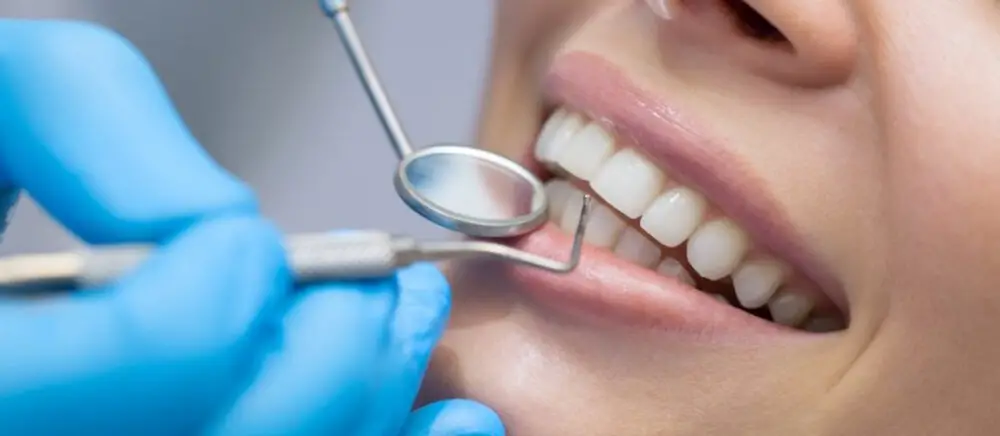
Teeth whitening is a cosmetic dental procedure that helps to remove stains and discoloration from the teeth. There are several types of teeth whitening available, including professional teeth whitening, over-the-counter whitening products, and natural teeth whitening remedies. Professional teeth whitening is the most effective and quickest way to whiten teeth. This procedure is performed in a dental office by a trained dental professional. It involves the use of a high-concentration bleaching solution that is applied to the teeth, and then activated with a special light or laser. Professional teeth whitening can lighten teeth by several shades in just one appointment. Over-the-counter teeth whitening products are also available, such as whitening toothpaste, strips, and gels. These products contain a lower concentration of bleaching agents than professional teeth whitening, and therefore may take longer to achieve desired results. Natural teeth whitening remedies, such as oil pulling and baking soda, can also lighten teeth to some degree. However, these methods are not as effective as professional teeth whitening or over-the-counter products. It is important to consult with a dental professional before attempting any teeth whitening procedure to ensure it is safe and appropriate for your individual needs.
There are various types of teeth whitening treatments available in the market, each having its own unique advantages and disadvantages. One of the most popular options is in-office whitening, which is carried out by a dental professional and can provide instant results. Another option is at-home whitening, which involves the use of whitening trays, gels or strips, and can take several weeks to achieve the desired results. Another option is laser whitening, which uses a specially designed laser to activate the whitening gel and can provide fast results, but is also more expensive. Other options include natural remedies such as oil pulling and charcoal, which may be less effective but can still provide noticeable results over time. It is important to note that the effectiveness of each treatment may vary depending on the individual’s dental health, lifestyle habits, and the severity of the discoloration.
When it comes to teeth whitening, there are two main options: at-home treatments and in-office treatments. At-home treatments typically involve the use of over-the-counter whitening products such as whitening strips, gels, or trays that are applied to the teeth for a specified amount of time each day. These treatments can take longer to achieve results, but are generally less expensive compared to in-office treatments. In-office treatments, on the other hand, involve professional-grade products and equipment, such as lasers, to whiten teeth in a shorter amount of time. While they are more expensive, they can provide faster and more dramatic results. Ultimately, the choice between at-home and in-office treatments depends on personal preference, budget, and the desired outcome.
There are many types of teeth whitening treatments available, each with its own set of pros and cons. In-office treatments are highly effective and require only one appointment, but they can be quite expensive. Take-home kits are more affordable and convenient, but they can take weeks to achieve noticeable results. Natural remedies, such as baking soda or activated charcoal, are inexpensive and readily available, but they may not be as effective as other options and can cause tooth sensitivity. Ultimately, the best choice depends on your personal needs and budget. It’s important to consult with your dentist before starting any whitening treatment to ensure that it is safe for your teeth and gums.
How Long to Wait Before Eating
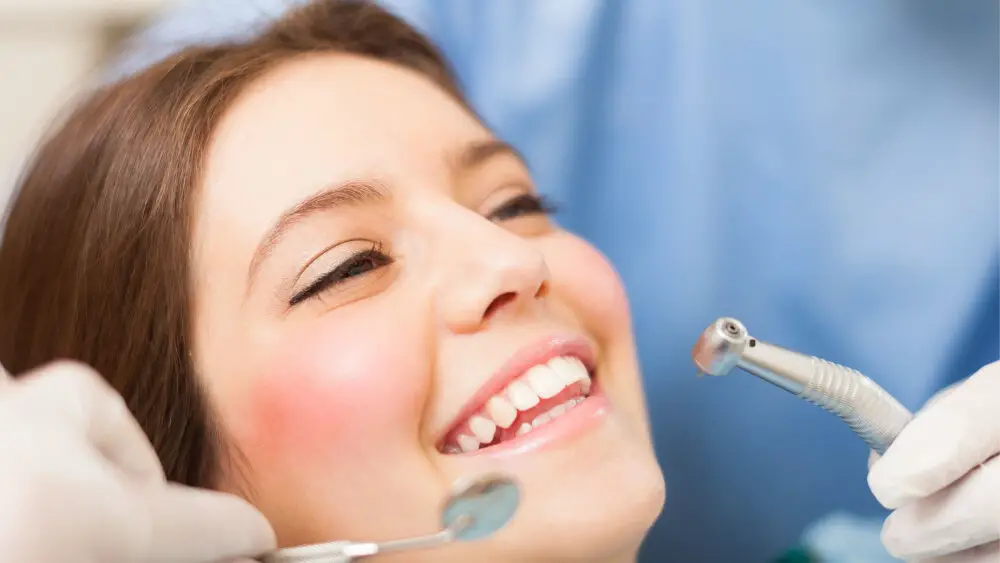
When it comes to teeth whitening, many people are concerned about how long they should wait before eating. This is a valid concern, as consuming certain foods and drinks too soon after whitening can lead to staining and discoloration. The general rule of thumb is to wait at least 30 minutes before eating or drinking anything after a whitening treatment. This allows the teeth to fully absorb the whitening solution and reduces the risk of staining. However, it’s important to note that this timeframe can vary depending on the type of whitening treatment you received. If you had an in-office teeth whitening procedure, your dentist may recommend waiting a bit longer before eating. This is because in-office treatments typically use stronger whitening solutions that can penetrate deeper into the teeth, making them more susceptible to staining immediately after treatment. Your dentist may advise you to wait up to an hour before eating anything, or even longer if you received a particularly intense treatment. It’s always best to follow your dentist’s specific instructions to ensure the best possible results from your teeth whitening treatment.
After undergoing teeth whitening treatment, it is crucial to wait for some time before consuming any food or drink. This waiting period is essential because the teeth are sensitive and vulnerable to external factors immediately after the procedure. Any food or drink that contains pigments or acids can easily penetrate the enamel and cause discoloration, which can reduce the effectiveness of the treatment. Hence, waiting for at least an hour or two is highly recommended to allow the teeth to recover and re-mineralize. It is also important to avoid consuming any staining foods or drinks for the first 24-48 hours after the treatment to ensure optimal results. By following these guidelines, patients can maintain their bright, white smiles for longer and enjoy the full benefits of the teeth whitening treatment.
Teeth whitening treatments can affect both enamel and sensitivity. The chemicals used in these treatments can penetrate the outer layer of enamel, causing it to become temporarily more porous and sensitive. This can result in discomfort or pain when eating or drinking hot or cold foods and beverages. Additionally, excessive or improper use of teeth whitening products can lead to permanent damage to the enamel, causing it to weaken and become more prone to decay. It is important to consult with a dental professional before undergoing any teeth whitening treatment to ensure that it is done safely and effectively.
The recommended wait times after teeth whitening procedures vary depending on the type of treatment received. For in-office bleaching, it is generally recommended to avoid eating or drinking for at least an hour after the procedure to allow the teeth to fully absorb the whitening solution. After at-home whitening using custom trays or strips, it is typically recommended to wait at least 30 minutes before eating or drinking. It is also important to avoid consuming foods and beverages that are known to stain teeth, such as coffee, tea, red wine, and dark-colored fruits and vegetables, for at least 24-48 hours after any type of teeth whitening treatment to maintain the results. Following these recommended wait times and avoiding staining foods can help ensure a brighter, whiter smile for longer.
What to Eat After Teeth Whitening
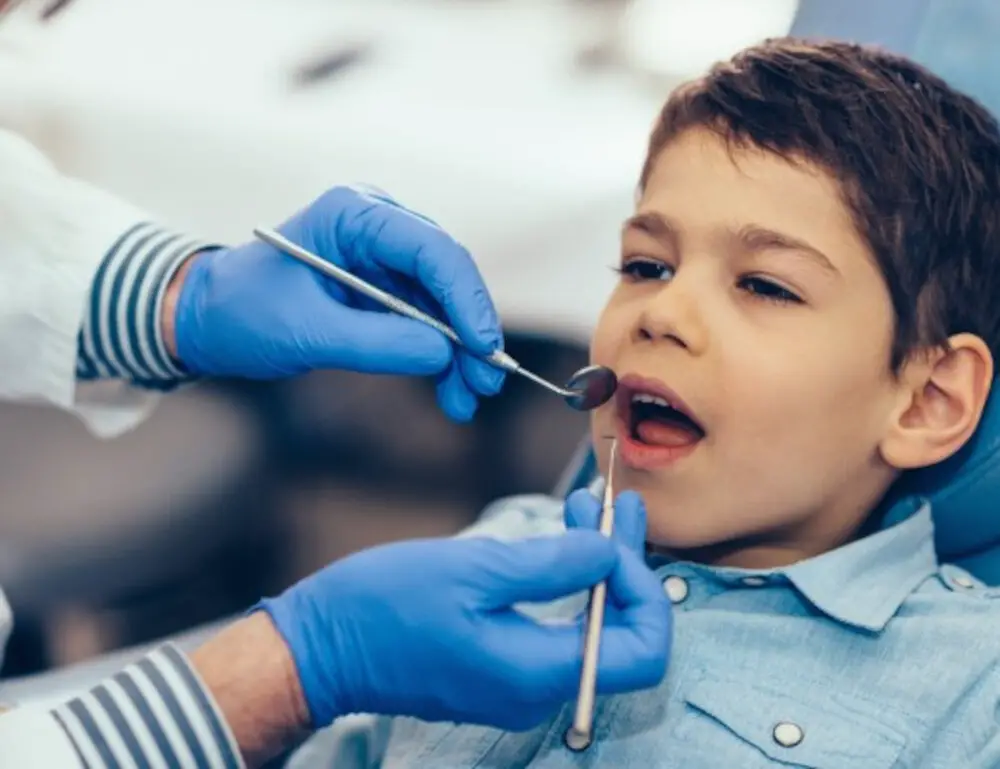
After a teeth whitening treatment, it is important to be mindful of your diet to maintain the results. For the first 24-48 hours, it is recommended to avoid consuming any dark-colored foods or beverages that may stain your teeth. This includes coffee, tea, red wine, tomato sauce, and dark berries. Additionally, acidic foods such as citrus fruits and vinegar should also be avoided as they can cause sensitivity and discomfort to the teeth. It is best to stick to clear liquids, such as water, and bland, non-staining foods such as plain chicken or fish, white rice, and steamed vegetables. After the initial 48 hours, you can gradually reintroduce colored foods and beverages back into your diet, but it is still important to be cautious. It is recommended to use a straw when drinking dark-colored beverages to minimize contact with your teeth, and to rinse your mouth with water afterwards. Crunchy fruits and vegetables, such as apples and carrots, can also help to naturally remove surface stains from the teeth. Lastly, maintaining good oral hygiene habits such as brushing and flossing regularly, and visiting your dentist for regular cleanings, can help to prolong the effects of your teeth whitening treatment.
After teeth whitening, it is important to be mindful of what you eat to avoid staining and to promote healing. Soft foods that are easy to chew and swallow are recommended for the first 24-48 hours. These include scrambled eggs, mashed potatoes, soup, smoothies, yogurt, and ice cream. Additionally, foods rich in calcium, phosphorus, and vitamin D such as cheese, milk, and leafy greens can aid in strengthening and remineralizing tooth enamel. It is also important to avoid acidic and staining foods such as citrus fruits, tomato sauce, coffee, and red wine for at least 48 hours after the procedure. By following these guidelines, you can ensure a successful and long-lasting teeth whitening result.
When it comes to maintaining a healthy and bright smile, making wise food choices is crucial. Certain foods are better choices for teeth whitening because they contain high levels of vitamins and minerals that help to strengthen and protect your teeth from decay and discoloration. Foods like apples, carrots, and celery are great options because they require a lot of chewing, which helps to stimulate saliva production and wash away bacteria. Additionally, foods like cheese, yogurt, and almonds are high in calcium and phosphorus, which help to remineralize and strengthen tooth enamel. On the other hand, foods and drinks that are high in sugar and acid can erode tooth enamel and lead to discoloration, so it’s best to limit consumption of these items.
When it comes to teeth whitening, avoiding certain foods and drinks is crucial to maintain the effects of the treatment. Foods and drinks that are highly pigmented, acidic or contain tannins can stain teeth and weaken enamel, reducing the effectiveness of the whitening treatment. Some of the common culprits include coffee, tea, red wine, dark sodas, berries, soy sauce, tomato sauce, and balsamic vinegar. Smoking and chewing tobacco can also contribute to teeth discoloration and should be avoided. It’s best to stay away from these items for at least 48 hours after teeth whitening to allow the enamel to harden and avoid staining. Opting for lighter-colored foods and drinks such as milk, cheese, white wine, and clear soda can help maintain the whiteness of your teeth for longer.
Maintaining Teeth Whitening Results
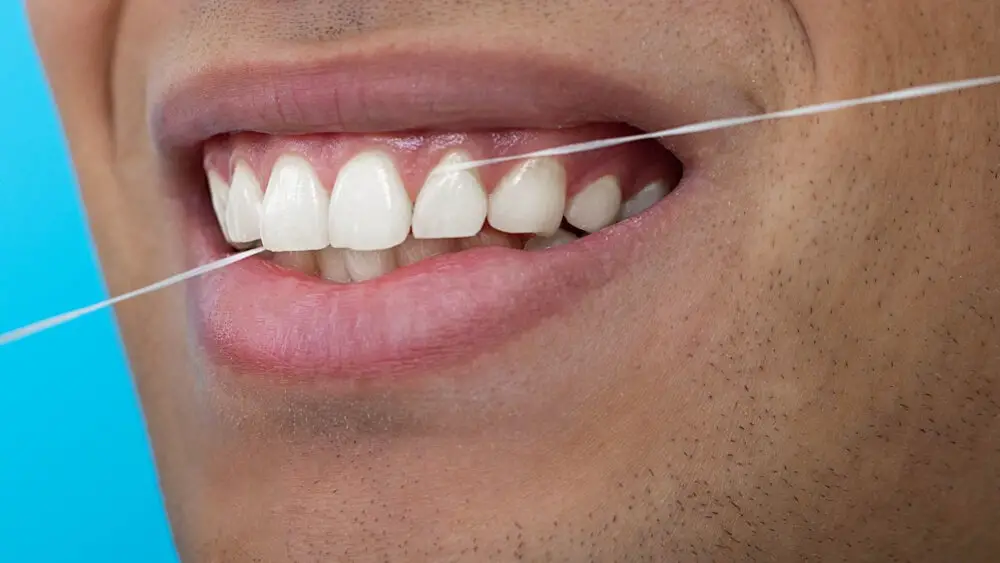
Maintaining Teeth Whitening Results is essential to enjoy a bright and shining smile for a long time. After undergoing the teeth whitening process, it is essential to follow certain guidelines to ensure the longevity of the results. Firstly, one must avoid consuming foods and drinks that can cause staining on the teeth, such as dark-colored beverages, acidic foods, and sugary treats. Smoking and tobacco use should also be avoided as they can cause severe discoloration of the teeth. Proper oral hygiene practices such as brushing and flossing twice a day, regular dental cleanings, and using a whitening toothpaste can also help maintain the teeth’s whiteness. Moreover, certain lifestyle changes can also help in preserving the teeth’s whiteness. Drinking plenty of water can help wash away any food particles and prevent staining. Eating crunchy fruits and vegetables can help scrub away any surface stains on the teeth. Lastly, using a straw while consuming dark-colored beverages can also prevent direct contact with the teeth and prevent staining. By following these tips and maintaining proper oral hygiene practices, one can enjoy the dazzling effects of teeth whitening for a long time and have a confident and radiant smile.
After undergoing a teeth whitening treatment, the last thing you want is for your pearly whites to revert back to their previous yellowed state. To maintain your teeth whitening results, it is important to avoid consuming dark-colored foods and beverages such as coffee, tea, red wine, and dark sodas, as well as staining foods like berries, tomato sauce, and curry. Additionally, it is recommended to practice good oral hygiene habits such as brushing twice a day, flossing, and using mouthwash to keep your teeth clean and healthy. You can also consider touch-up treatments every 6-12 months to keep your teeth shining bright. By following these tips, you can enjoy long-lasting teeth whitening results and a confident, dazzling smile.
Preventing staining and discoloration of teeth can be achieved by adopting good oral hygiene practices. Brushing your teeth twice a day, flossing daily, and using mouthwash can help remove plaque buildup that can cause staining. Avoiding foods and drinks that are known to cause staining, such as coffee, tea, red wine, and dark-colored fruits and vegetables, can also help prevent discoloration. If you do consume these items, you can minimize staining by drinking water afterward or using a straw to avoid direct contact with your teeth. Regular dental cleanings can also remove any surface stains and keep your teeth looking bright and healthy.
Good oral hygiene plays a crucial role in maintaining healthy teeth and gums. Brushing twice a day, flossing daily, and using mouthwash can help to remove plaque, prevent gum disease, and reduce the risk of tooth decay. Neglecting oral hygiene can lead to a buildup of bacteria in the mouth, which can cause bad breath, cavities, and gum disease. Furthermore, maintaining good oral hygiene is essential for those who have undergone teeth whitening treatments as it can help to prolong the effects of the treatment. By practicing good oral hygiene, individuals can ensure that their teeth remain healthy, strong, and white, and that they can continue to enjoy their favorite foods without worrying about staining or discoloration.
The article \Teeth Whitening When Can You Eat Again\ discusses the common question of when it is safe to eat after a teeth whitening treatment. The main points of the article are that it is important to avoid consuming dark-colored or acidic foods and drinks for at least 24 hours after the treatment to prevent staining. Additionally, it is recommended to stick to a soft food diet for the first day and to avoid using tobacco products, as they can also cause staining. The article emphasizes the importance of following the instructions provided by the dentist or teeth whitening professional to ensure the best results and maintain the whiteness of the teeth for as long as possible.
In conclusion, teeth whitening can be an effective way to enhance the appearance of your smile, but it’s important to be mindful of your eating habits afterwards. It’s recommended to avoid staining foods and drinks such as coffee, tea, red wine, and tomato sauce for at least 48 hours after the treatment. Additionally, brushing your teeth immediately after consuming these foods can help prevent further staining. Developing healthy eating habits, such as consuming a balanced diet rich in fruits and vegetables, and drinking plenty of water can also help maintain a bright, white smile. By taking these steps, you can ensure that your teeth remain bright and healthy-looking for the long-term.
It’s important to remember that maintaining a white smile takes effort and commitment. After undergoing a teeth whitening treatment, it’s crucial to take care of your teeth to preserve the results. This means brushing twice a day, flossing daily, and avoiding stain-causing foods and drinks like coffee, tea, and red wine. Additionally, regular dental check-ups and cleanings can help keep your teeth healthy and spotless. So, let’s make a call to action to prioritize dental hygiene and make it a part of our daily routine to maintain those pearly whites for years to come. Your smile is one of the first things people notice about you, so take care of it and let it shine!
Conclusion
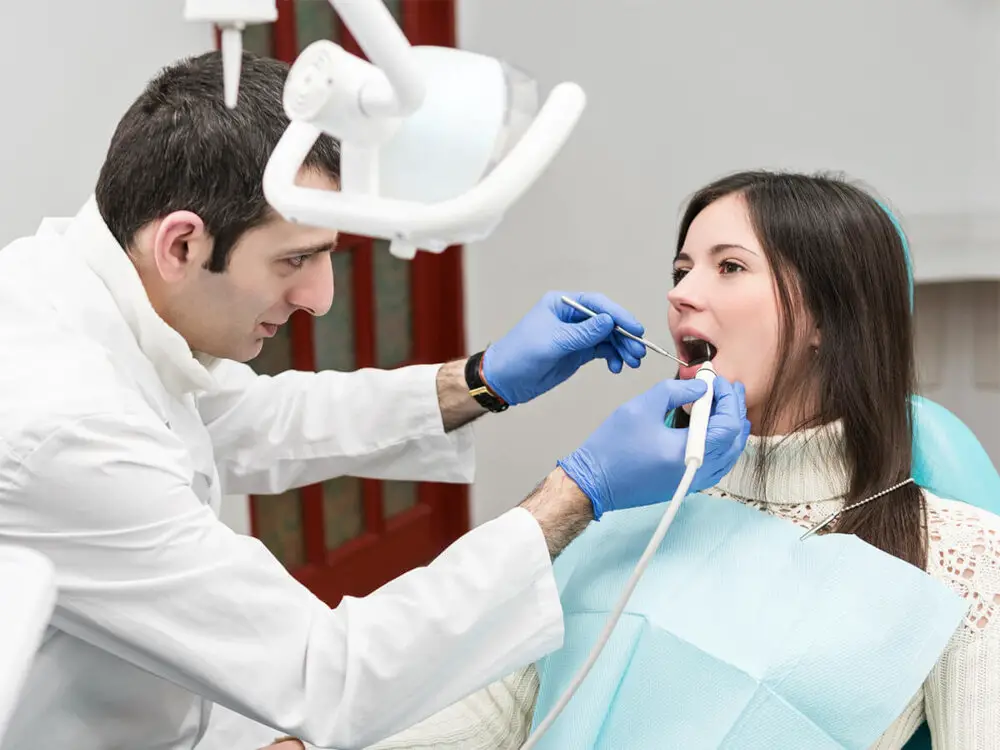
In conclusion, teeth whitening is a popular cosmetic dental procedure that can leave you with a brighter, more confident smile. However, the question of when you can eat again after teeth whitening is a common concern. While there is no definitive answer, it is generally recommended that you avoid eating or drinking anything that could stain your teeth for at least 24-48 hours after the procedure. This includes coffee, tea, red wine, and other dark-colored foods and beverages. It is also important to maintain good oral hygiene habits, such as brushing and flossing regularly, to help keep your teeth looking their brightest. With proper care and attention, your newly whitened teeth can last for months, if not years, to come. So go ahead and indulge in your favorite foods and drinks – just be sure to take care of your pearly whites along the way!
